New Zealand, a land of breathtaking natural beauty and rich cultural heritage, is a dream destination for travelers worldwide. From rugged mountains and pristine fjords to lush forests and vibrant cities, New Zealand offers a diverse range of landscapes and experiences.
In this article, we’ll explore the top 10 famous landmarks in New Zealand, each with its unique charm, historical significance, and cultural allure. Whether you’re an adventurer, a nature enthusiast, or a culture buff, New Zealand has something to offer for everyone.
1. Milford Sound
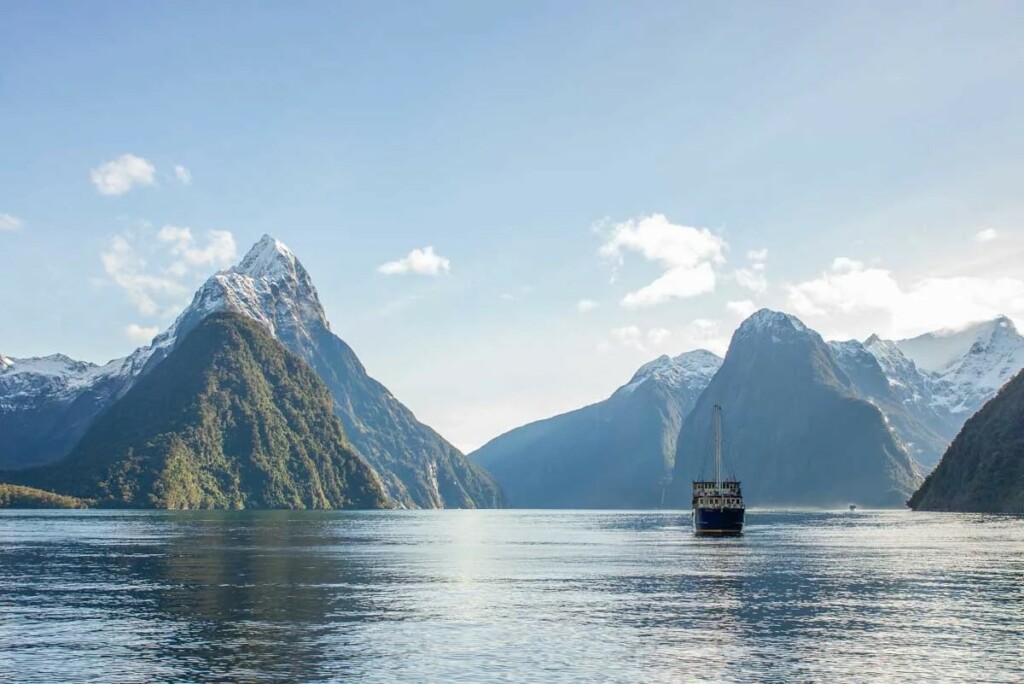
Milford Sound is a stunning fjord located in Fiordland National Park on the South Island. It is famous for its dramatic landscapes, towering cliffs, and cascading waterfalls.
- Historical and Cultural Significance: Milford Sound holds cultural significance for the Māori people, and its awe-inspiring beauty has attracted travelers for centuries.
- Tips for Visiting: Take a boat cruise to get up close to the waterfalls, and don’t miss the stunning Mitre Peak. Visit during the rainy season to witness waterfalls in full flow.
- Fun Fact: Rudyard Kipling once referred to Milford Sound as the “eighth wonder of the world.”
2. Mount Cook
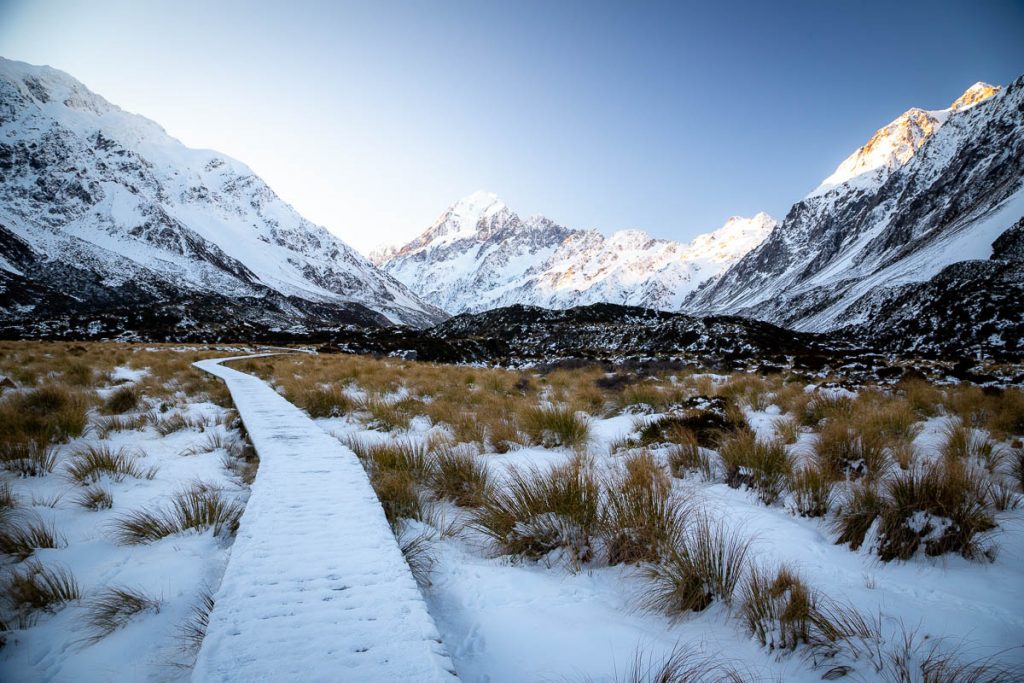
Mount Cook, also known as Aoraki, is New Zealand’s highest peak, situated in the Southern Alps of the South Island.
- Historical and Cultural Significance: Aoraki is a sacred site for the Ngāi Tahu iwi (tribe) and holds deep cultural significance.
- Tips for Visiting: Explore Aoraki/Mount Cook National Park, go stargazing at the Aoraki Mackenzie Dark Sky Reserve, and consider hiking the Hooker Valley Track for breathtaking views.
- Fun Fact: Sir Edmund Hillary, the first person to summit Mount Everest, honed his mountaineering skills on Aoraki.
3. Rotorua
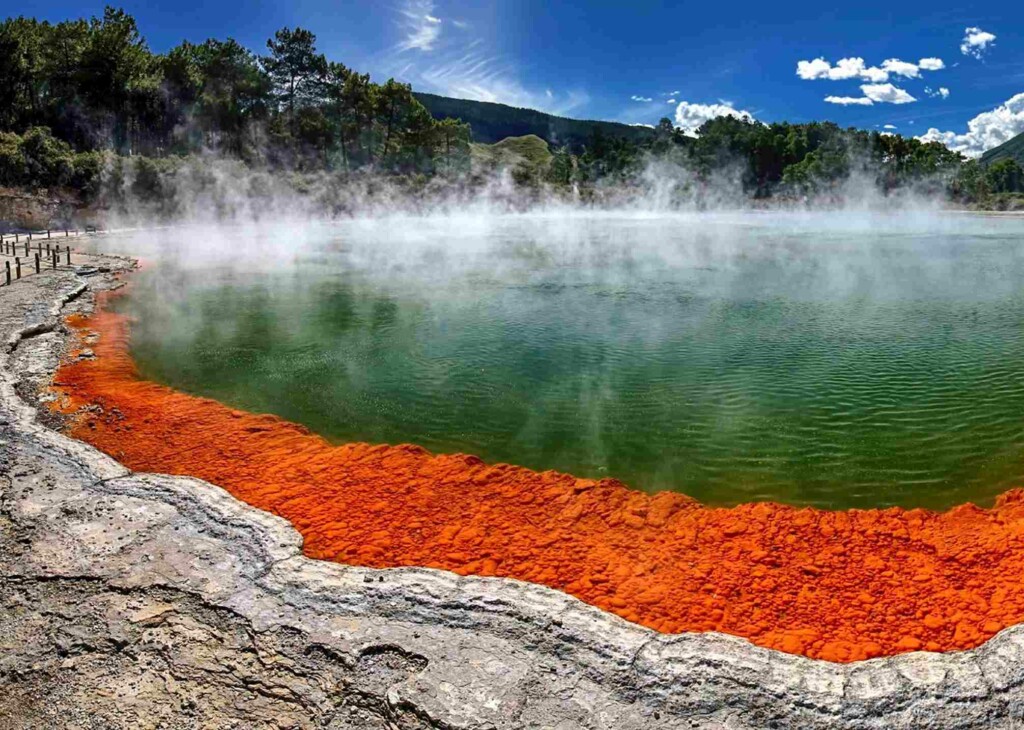
Rotorua, on the North Island, is known for its geothermal wonders, including bubbling mud pools, geysers, and colorful hot springs.
- Historical and Cultural Significance: Rotorua is a cultural hub for the Māori, offering insights into their traditions, cuisine, and arts.
- Tips for Visiting: Explore Te Puia to witness the Pohutu Geyser, visit a Māori cultural village, and relax in geothermal hot pools.
- Fun Fact: Rotorua’s distinct smell of sulfur is due to its geothermal activity.
4. Waitomo Glowworm Caves

The Waitomo Glowworm Caves, on the North Island, are a mesmerizing natural wonder illuminated by thousands of glowworms.
- Historical and Cultural Significance: These caves have fascinated locals and visitors alike for centuries.
- Tips for Visiting: Take a guided boat tour to witness the magical glowworm display in the caves.
- Fun Fact: The glowworms use their bioluminescence to attract prey into their sticky silk threads.
5. Hobbiton
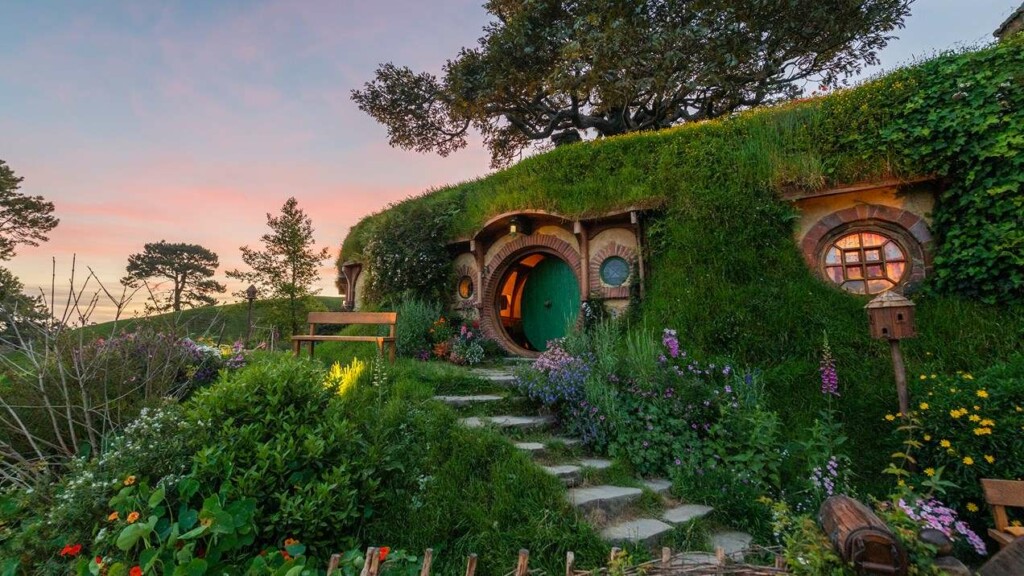
Hobbiton, a movie set on the North Island, brings J.R.R. Tolkien’s fictional world to life. It’s a must-visit for “Lord of the Rings” fans.
- Historical and Cultural Significance: The set was built for Peter Jackson’s film adaptations of “The Lord of the Rings” and “The Hobbit.”
- Tips for Visiting: Take a guided tour to explore the charming hobbit holes and enjoy a drink at the Green Dragon Inn.
- Fun Fact: The set is meticulously maintained and still hosts movie-themed events.
6. Franz Josef Glacier

Franz Josef Glacier, located on the South Island’s West Coast, is a stunning glacier known for its accessibility.
- Historical and Cultural Significance: The glacier’s traditional Māori name is Kā Roimata o Hine Hukatere, associated with a love story.
- Tips for Visiting: Join guided glacier tours or take a helicopter ride for spectacular views.
- Fun Fact: The glacier has been retreating in recent years due to climate change.
7. Abel Tasman National Park
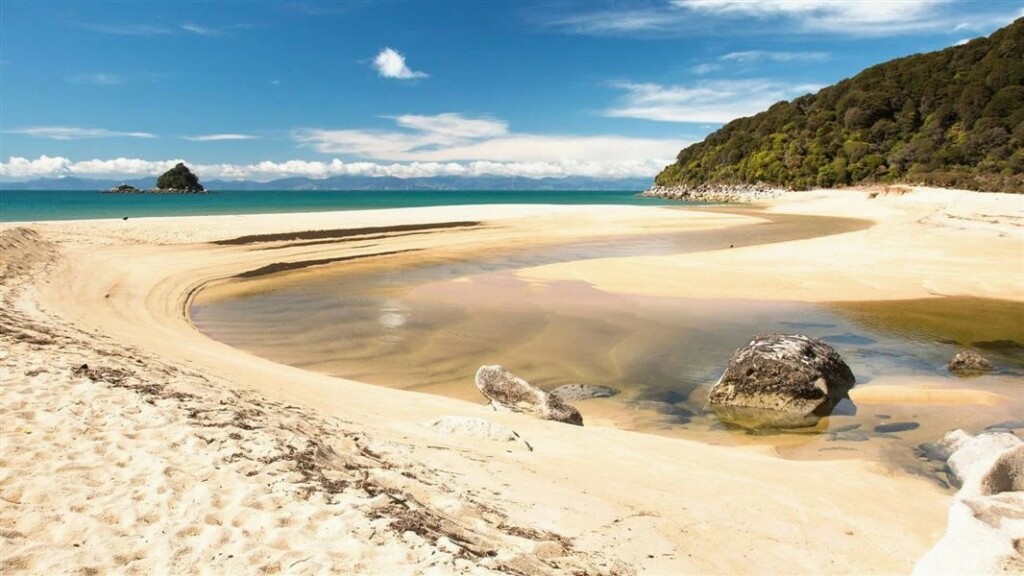
Abel Tasman National Park, on the South Island, is renowned for its golden beaches, turquoise waters, and coastal tracks.
- Historical and Cultural Significance: Named after Dutch explorer Abel Tasman, the park boasts rich biodiversity.
- Tips for Visiting: Hike the Abel Tasman Coast Track, explore the park by kayak, and spot seals and dolphins.
- Fun Fact: The park is New Zealand’s smallest national park but one of the most popular.
8. Fox Glacier
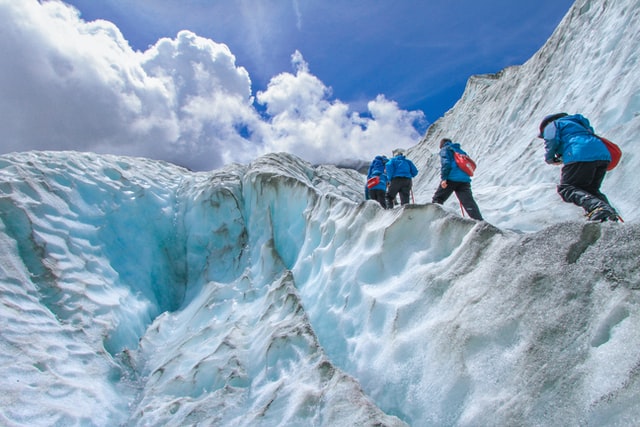
Fox Glacier, like Franz Josef, is a remarkable glacier located on the West Coast of the South Island.
- Historical and Cultural Significance: The glacier area is of cultural importance to the local Māori people.
- Tips for Visiting: Join glacier tours to walk on the ice, and admire the blue ice caves.
- Fun Fact: Fox Glacier descends from the Southern Alps and reaches close to sea level.
9. Auckland Sky Tower
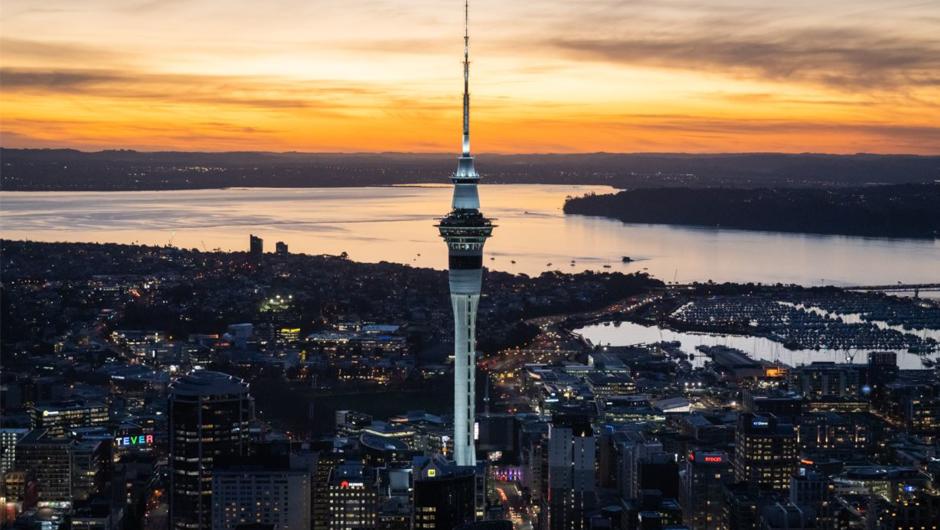
Auckland Sky Tower is an iconic landmark in New Zealand’s largest city, offering panoramic views and thrilling activities.
- Historical and Cultural Significance: The tower has become a symbol of Auckland’s modernity.
- Tips for Visiting: SkyJump or SkyWalk around the tower, dine at the revolving restaurant, and enjoy breathtaking sunsets.
- Fun Fact: The tower stands at 328 meters (1,076 feet) and is the tallest freestanding structure in the Southern Hemisphere.
10. Zealandia Ecosanctuary
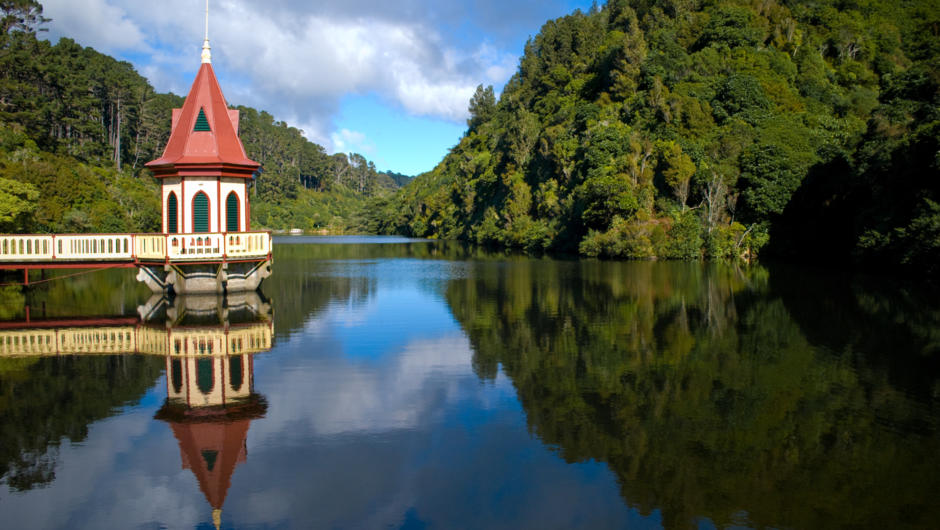
Zealandia, located in Wellington, is a world-renowned ecosanctuary that aims to restore New Zealand’s native wildlife and forest.
- Historical and Cultural Significance: The sanctuary plays a crucial role in the conservation of New Zealand’s unique biodiversity.
- Tips for Visiting: Explore walking trails, spot native birds like the kiwi, and learn about conservation efforts.
- Fun Fact: Zealandia’s predator-proof fence helps protect native wildlife from introduced pests.
New Zealand’s famous landmarks offer a glimpse into the country’s natural beauty, cultural heritage, and adventurous spirit. From the towering peaks of Mount Cook to the enchanting glowworms of Waitomo Caves, these landmarks are a testament to New Zealand’s unique appeal as a travel destination.
Whether you seek adventure, cultural immersion, or simply awe-inspiring landscapes, these 10 landmarks should undoubtedly be on your New Zealand bucket list.




Companies That Support Israel: A List to Avoid
Does Red Bull Support Israel? Decoding the Unraveled Connection
Fast Food Chains Aligned with Israel Support
Boycott List: Fashion Companies Supporting Israel You Should Be Aware Of
Does These Firearms Support Israel? Exploring the Unraveled Connection
Does These Tech Brands Support Israel? Decoding the Unraveled Connection
Does These Filmography Support Israel? Understanding the Intricate Ties
Does These Online Business Support Israel? Exploring the Unraveled Connection